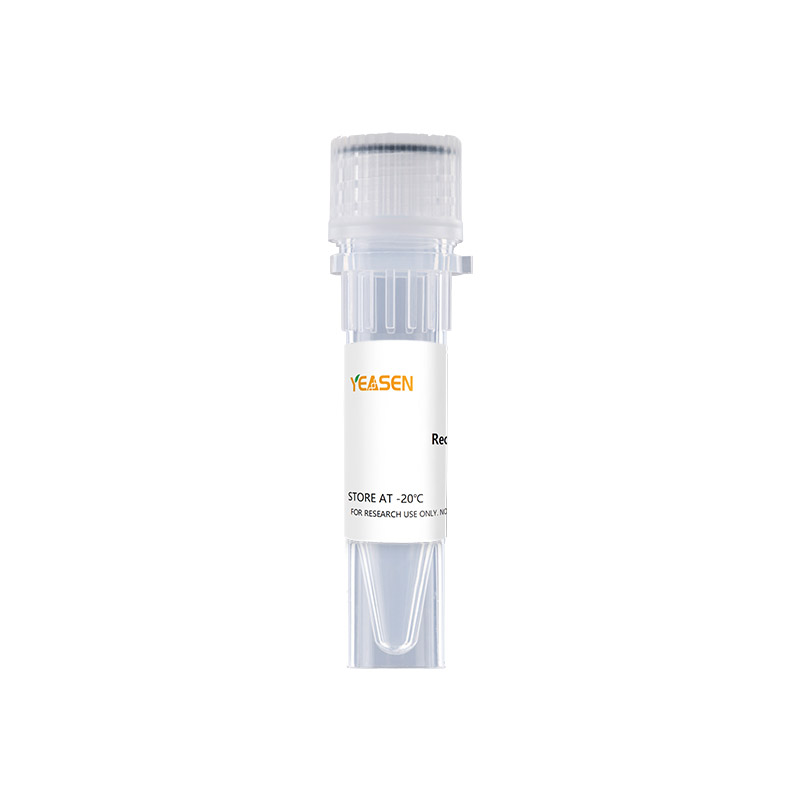

Recombinant Mouse IL-36RA
产品名称: Recombinant Mouse IL-36RA
英文名称: Recombinant Mouse IL-36RA
产品编号: 90163ES10
产品价格: 询价
产品产地: Yeasen
品牌商标: Yeasen
更新时间: 2025-02-08T17:23:10
使用范围: null
- 联系人 : 李自转
- 地址 : 上海市浦东新区天雄路166弄一号楼三层南单元
- 邮编 : 200030
- 所在区域 : 上海
- 电话 : 139****5640 点击查看
- 传真 : 点击查看
- 邮箱 : lizizhuan@yeasen.com
- 二维码 : 点击查看
Mouse interleukin-36 receptor antagonist (IL-36Ra; previously IL-1F5; also named FIL-1δ [delta], IL1HY1, IL-1H3, and IL-1L1) is a member of the IL1 family of proteins. IL1 family members include IL-1 beta, IL-1 alpha, IL-1ra, IL18 and IL1F5 through F10. All family members show a 12 beta -strand, beta -trefoil configuration, and are believed to have arisen from a common ancestral gene that underwent multiple duplications. The mouse IL36Ra/IL1F5 gene maps to a region on mouse chromosome 2 that contains all other IL-1 family members (except IL18), supporting an evolutionary relationship with the IL-1 family. It is particularly close to the gene for IL-1ra and is likely a relatively recent duplication of that gene. In humans, there is an alternate start site that potentially gives rise to an alternate splice form. This translated product has a premature stop codon, resulting in a truncated 16 aa peptide. Mouse to human, full length IL36Ra/IL1F5 has 90% aa identity. Within the family, IL-36Ra/IL-1F5 is 48%, 30%, 35%, 35%, 35%, 37% and 43% aa identical to IL1ra, IL1 beta, IL36 alpha /IL1F6, IL37/IL1F7, IL-36 beta /IL-1F8, IL36 gamma /IL1F9 and IL1F10, respectively. Cells reported to express IL-36Ra/IL-1F5 include monocytes, B cells, dendritic cells/Langerhans cells, keratinocytes, and gastric fundus Parietal and Chief cells. The receptor for IL-36Ra/IL-1F5 has not been positively identified. Indirect evidence suggests it is IL1 Rrp2 and/or IL-1 RAcP. In either case, activity association with receptor binding is unclear. It was initially reported to be an antagonist of IL-36 gamma activity. This would be consistent with its hypothesized relationship to IL1RA.
Product Properties
|
Synonyms |
IL-1HY1, IL-1 delta, IL-1F5, IL-1H3, IL-1L1 |
|
Accession |
Q9QYY1 |
|
GeneID |
54450 |
|
Source |
E.coli-derived Mouse IL-36RA, Val3-Asp156. |
|
Molecular Weight |
Approximately 16.9 kDa. |
|
AA Sequence |
VLSGALCFRM KDSALKVLYL HNNQLLAGGL HAEKVIKGEE ISVVPNRALD ASLSPVILGV QGGSQCLSCG TEKGPILKLE PVNIMELYLG AKESKSFTFY RRDMGLTSSF ESAAYPGWFL CTSPEADQPV RLTQIPEDPA WDAPITDFYF QQCD |
|
Tag |
None |
|
Physical Appearance |
Sterile Filtered White lyophilized (freeze-dried) powder. |
|
Purity |
> 95% by SDS-PAGE and HPLC analyses. |
|
Biological Activity |
Measured by its ability to inhibit IL-36γ induced IL-6 production by human PBMCs. |
|
Endotoxin |
< 1.0 EU per 1μg of the protein by the LAL method. |
|
Formulation |
Lyophilized from a 0.2 µm filtered concentrated solution in PBS, pH 7.4. |
|
Reconstitution |
We recommend that this vial be briefly centrifuged prior to opening to bring the contents to the bottom. Reconstitute in sterile distilled water or aqueous buffer containing 0.1% BSA to a concentration of 0.1-1.0 mg/mL. Stock solutions should be apportioned into working aliquots and stored at ≤ -20°C. Further dilutions should be made in appropriate buffered solutions. |
Shipping and Storage
The products are shipped with ice pack and can be stored at -20℃ to -80℃ for 1 year.
Recommend to aliquot the protein into smaller quantities when first used and avoid repeated freeze-thaw cycles.
Cautions
1. Avoid repeated freeze-thaw cycles.
2. For your safety and health, please wear lab coats and disposable gloves for operation.
3. For research use only!
HB220425
